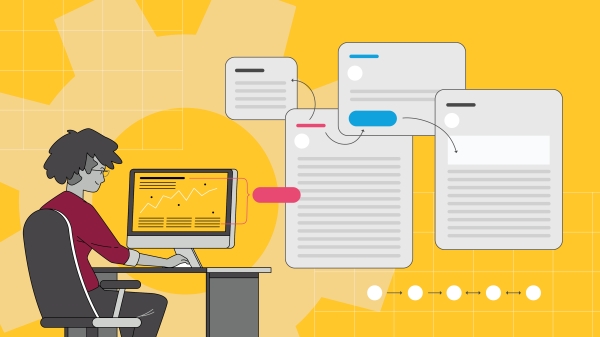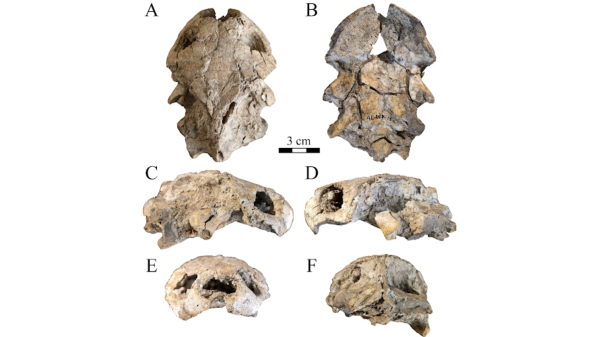ASU professor uses neurocognitive characteristics of ADHD to improve treatments

Assistant Professor of psychology Lauren Friedman.
More than 6 million children in the United States have attention deficit hyperactivity disorder (ADHD). In Arizona, nearly 9% of children have received a diagnosis of ADHD. These children can struggle in school, at home and with friends.
Lauren Friedman, a new assistant professor in the Arizona State University Department of Psychology, is working to better the lives of children with ADHD.
“Even though ADHD is widespread, it tends to fly under the radar, and we don’t talk about it enough when we think about children’s mental health,” she said. “My research leverages what is known about the neurocognitive deficits and causes of ADHD when designing behavioral interventions to help kids who are struggling.”
Harnessing the power of movement
Kids with ADHD are known for being unable to sit still, which can cause problems for them in school. Excessive movement like fidgeting and wiggling is commonly assumed to be a reason why kids with ADHD struggle in school.
When she was in graduate school, Friedman and her colleagues wondered if the excessive movement that accompanies ADHD had a functional role — whether it was compensating somehow for a neurocognitive deficit. She authored a study showing that when kids with ADHD moved more, they performed better on a cognitive task. Movement worsened performance in kids without an ADHD diagnosis.
“This study has implications for the classroom. It used to be that we wanted kids with ADHD to sit still and not move, and we would give them rewards for sitting still,” Friedman said. “But many kids with ADHD perform better when they are allowed to move, so we should focus on allowing nondisruptive, focused movements.”
Turning knowledge into treatments
Interventions designed to help children with ADHD also commonly involve their parents. But ADHD is heritable, and nearly half of children with ADHD also have a parent with the disorder.
“Parents of children with ADHD who have ADHD themselves can struggle to implement strategies in behavioral parent training interventions, so it is important to design programs specifically for them,” Friedman said.
During her postdoctoral training, Friedman studied why a common ADHD intervention was less effective for parents of children with ADHD. It turned out that parents who had ADHD themselves did not use the parenting strategies taught in the intervention very much between sessions.
Friedman is continuing that line of work at ASU. She is currently working on a treatment program for parents with ADHD that includes methods to help parents with ADHD use the skills that they learn during treatment. She also plans to add in opportunities for participants to “over-learn” strategies, through activities such as role playing and practice-based learning, to help teach and reinforce a concept until it becomes automatic.
“We know what works well for kids with ADHD, and we want to make sure parents who have ADHD themselves have go-to strategies that are automatic, that are in their back pocket for use without thinking,” Friedman said.
More Science and technology

New research by ASU paleoanthropologists: 2 ancient human ancestors were neighbors
In 2009, scientists found eight bones from the foot of an ancient human ancestor within layers of million-year-old sediment in…

When facts aren’t enough
In the age of viral headlines and endless scrolling, misinformation travels faster than the truth. Even careful readers can be…

Scientists discover new turtle that lived alongside 'Lucy' species
Shell pieces and a rare skull of a 3-million-year-old freshwater turtle are providing scientists at Arizona State University with…